Certain states face persistent job market difficulties due to economic and industry challenges.
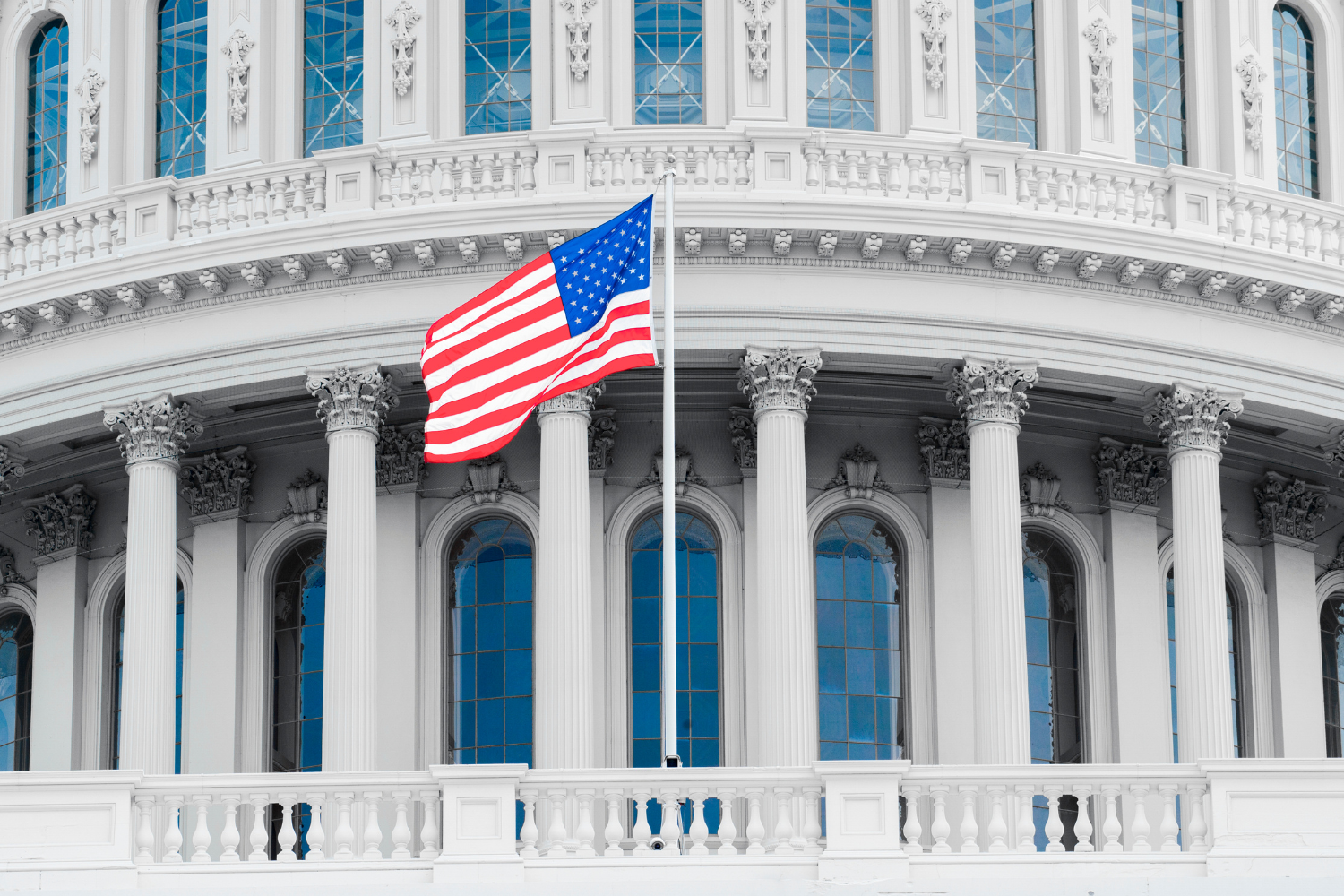
Finding employment can vary significantly across states in the US, influenced by local economic conditions and industry presence. Some regions grapple with high unemployment rates or shrinking sectors, limiting job availability for residents. Factors such as geographic isolation, industrial decline, and workforce skill gaps contribute to these challenges. Understanding these state-specific circumstances helps job seekers navigate a complex labor market shaped by diverse and evolving economic influences.
1. California often faces high competition for numerous job openings.
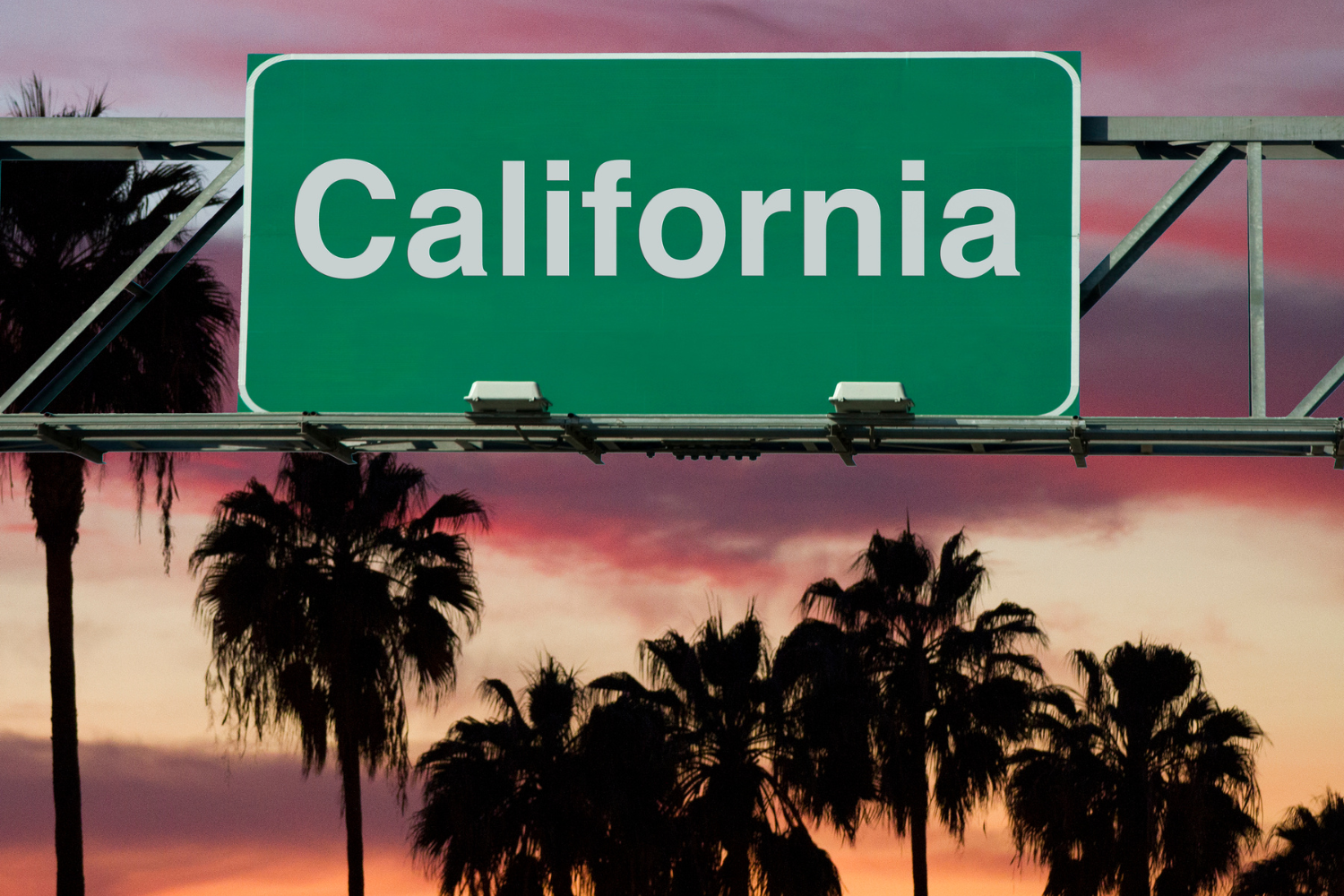
California, known for its diverse industries, often sees intense job competition. With hubs like Silicon Valley and Hollywood, the state attracts numerous job seekers. However, its high living costs and large population can mean fierce rivalry for positions, even within growing sectors.
In some regions, tech and entertainment jobs dominate, crowding out other sectors. This concentration can leave job seekers in other fields feeling sidelined. Economic booms in niche areas might not reflect broader employment opportunities across the entire state.
2. New York presents unique challenges with a dense and skilled workforce.

New York’s dense population brings a vibrant, competitive job market. Skilled workers flock to this economic powerhouse, especially in finance and media. Such attraction can heighten competition for roles, challenging job hunters to stand out in an already packed field.
While Manhattan serves as the financial heart, upstate areas face different dynamics, often struggling with lower demand. The state’s economic diversity means that what works in one borough might not translate elsewhere. Understanding specific local markets becomes vital.
3. Illinois struggles with unemployment rates that impact job accessibility.

Illinois battles significant unemployment issues impacting job access. Chicago, the state’s economic center, may offer varied opportunities, yet sluggish growth elsewhere can stifle job creation. External shocks often hit Illinois hard, deepening the divide between urban and rural job prospects.
The disparity in job availability creates a complex landscape for residents. Economic policy changes could help, but statewide recovery often lags. For job seekers, adapting to regional variations in industry focus proves crucial.
4. New Jersey’s job market is influenced by its complex commuting dynamics.
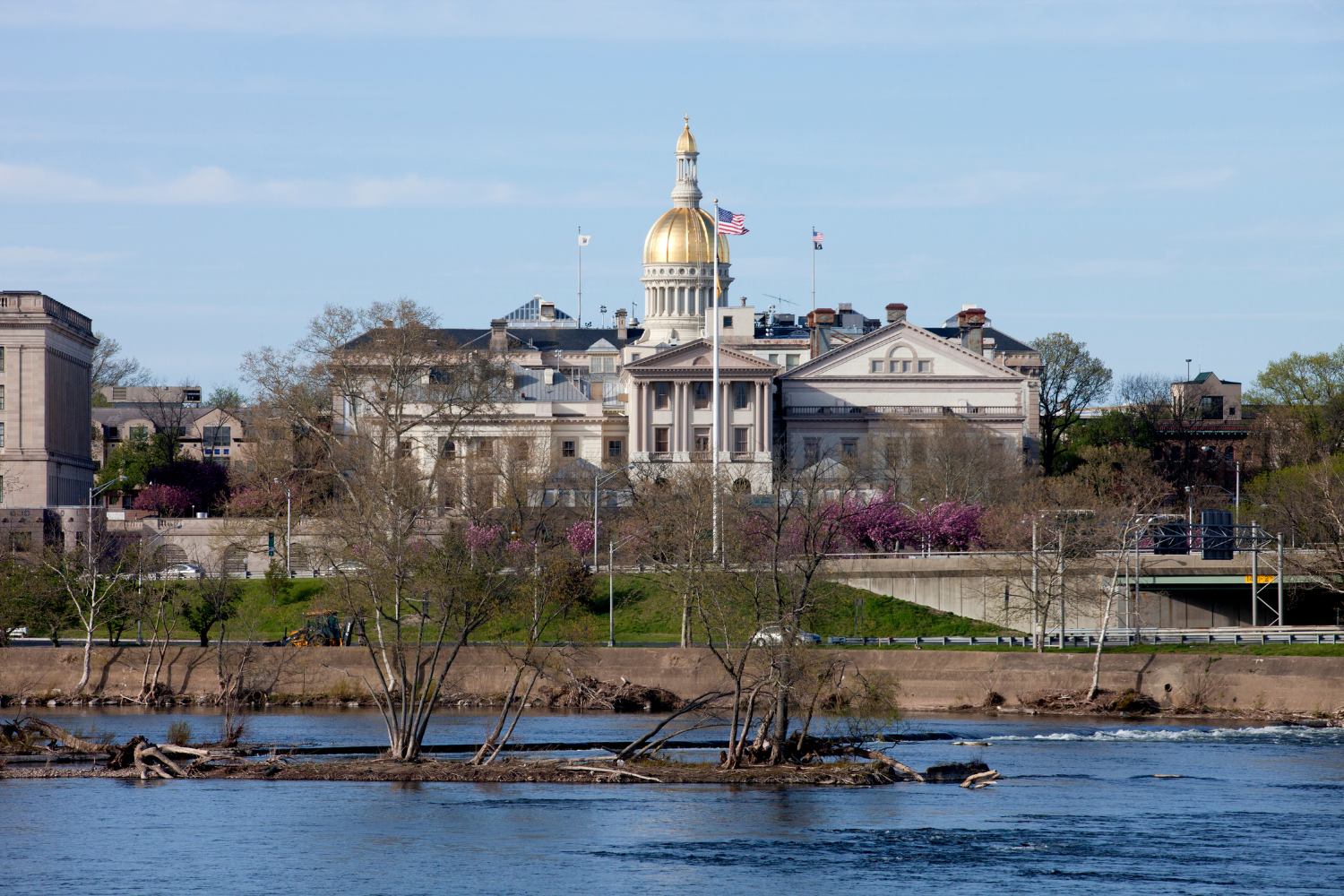
New Jersey’s employment market is heavily shaped by commuting patterns. Many residents work in neighboring states, which can affect local job dynamics. This reliance on external economies changes how jobs are distributed and accessed within its borders.
These cross-state movements also impact job statistics, complicating analyses. Urban areas may be bolstered by this connectivity, while smaller towns might miss out on economic growth. Such commuting influences highlight the complexity of truly local job opportunities.
5. Louisiana encounters economic shifts that affect employment opportunities.
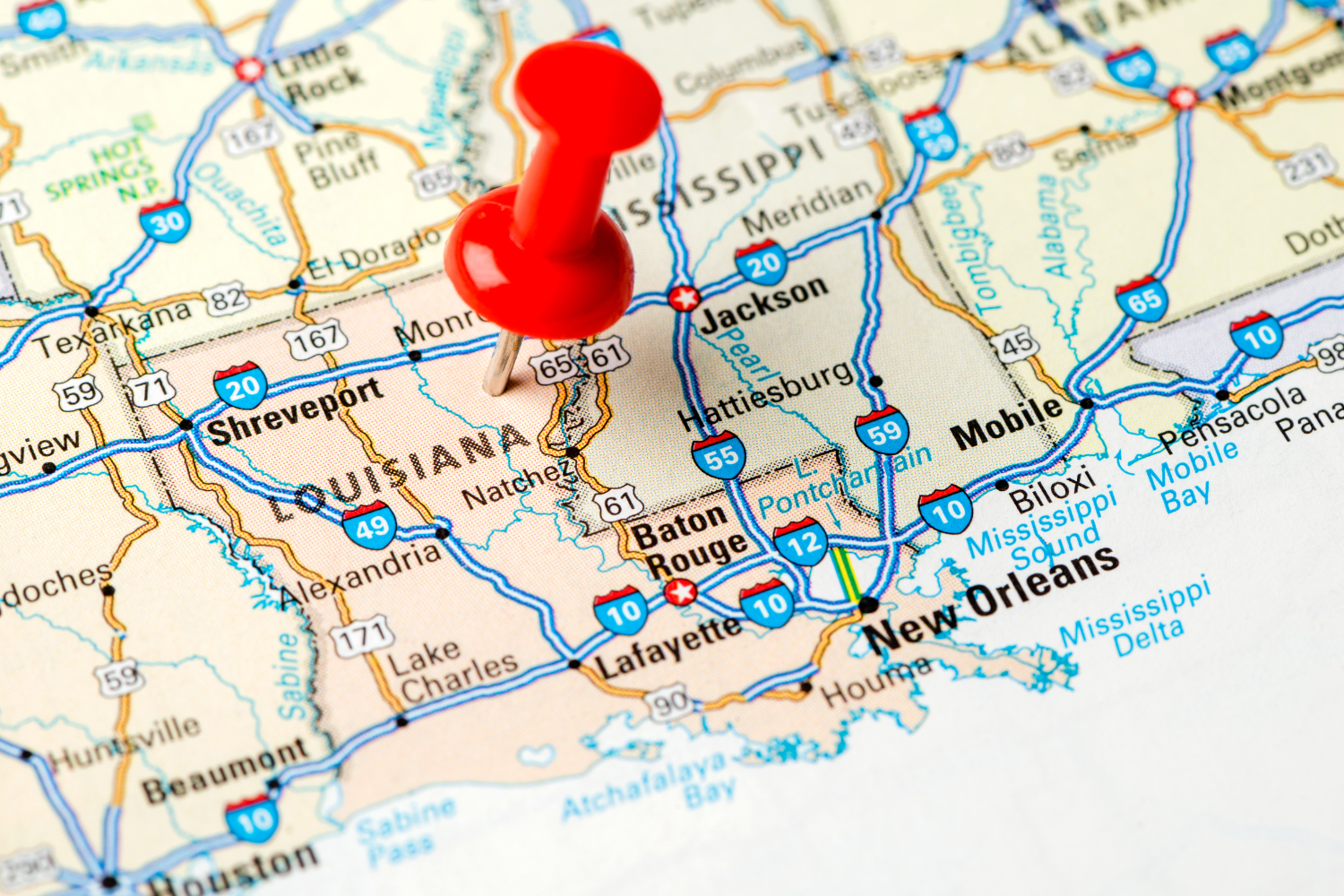
Louisiana’s economy frequently shifts, altering employment opportunities. Its reliance on oil and gas means job availability can hinge on global market fluctuations. When sectors like energy face downturns, ripple effects touch many local industries, leading to widespread uncertainty.
Coastal industries may face additional environmental challenges. In areas like New Orleans, tourism offers other opportunities, but this market too can be volatile. Understanding the state’s economic dependencies is key to navigating its job scenario.
6. Connecticut experiences fluctuations in industries leading to fewer jobs.

Connecticut experiences job availability shifts due to industry fluctuations. Its manufacturing and finance sectors face cycles that can create periods of tight employment. During downturns, job hunters need to adjust expectations or pivot to emerging fields.
Cities accustomed to industrial success may now contend with waning factories. Meanwhile, as finance seeks a foothold elsewhere, potential job seekers must consider regional differences. Adapting to these industry ups and downs becomes essential.
7. Alaska deals with geographic isolation limiting its job availability.
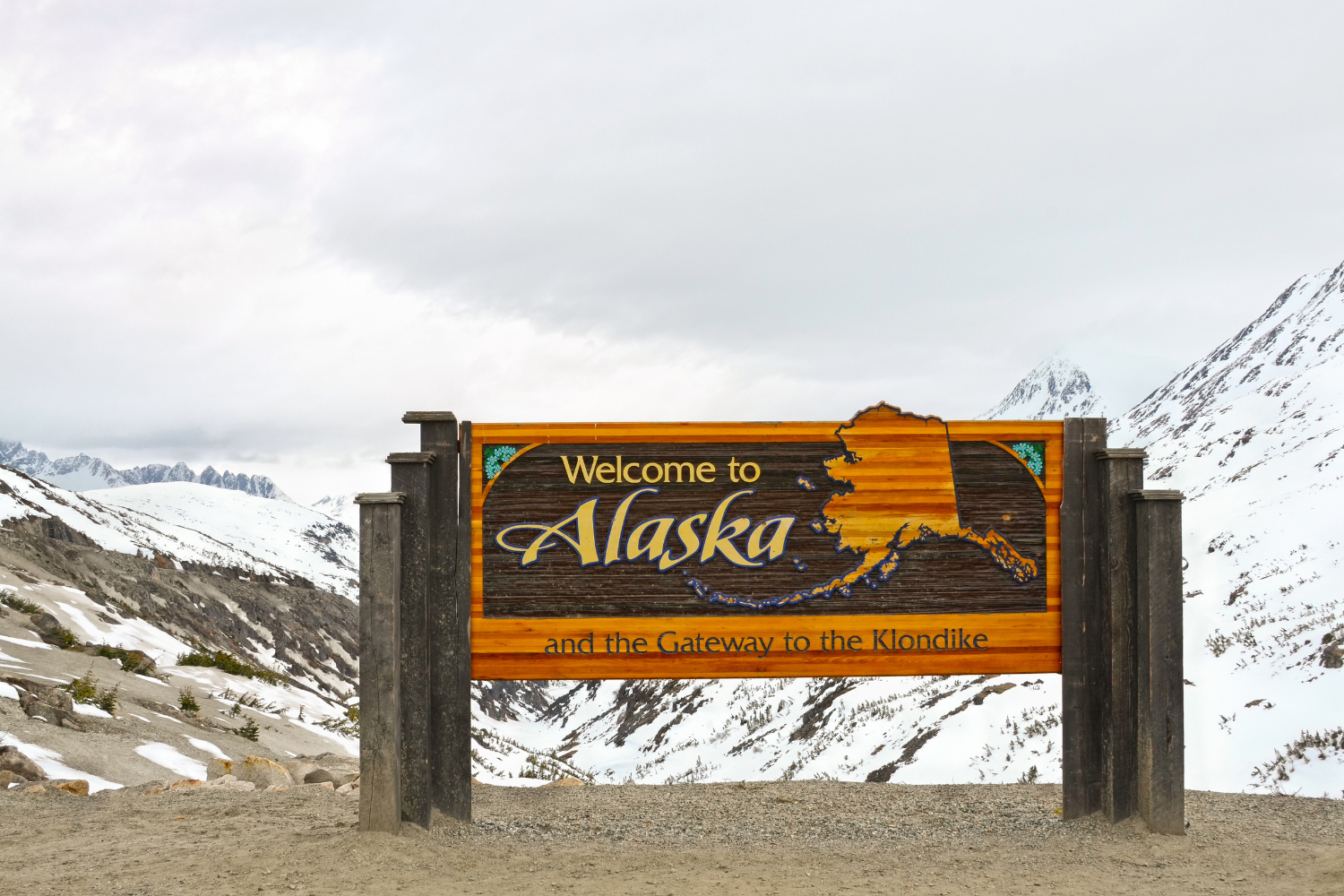
Alaska’s geographic isolation limits its job market. Many industries are seasonally dependent, with fishing and tourism providing temporary employment peaks. While resource-rich, the state’s vast distances can make jobs here sporadically accessible and hard to reach.
Elsewhere, such remoteness discourages comprehensive industrial growth. As a result, year-round employment often centers on oil or government contracts. Navigating this landscape requires flexibility and an understanding of these unique regional demands.
8. Rhode Island faces slow job growth compared to neighboring states.

Rhode Island struggles with sluggish job growth, particularly when compared to nearby states. Limited expansion in sectors like health services and manufacturing stalls broader economic development. This slow pace can leave job seekers in prolonged periods of search.
Proximity to thriving areas in Massachusetts can contrast sharply with local outlooks. Economic incentives often fail to generate the desired momentum, compelling workers to look beyond state borders for opportunities. Persistent regional disparities frame the local job landscape.
9. Michigan’s job market competes with automation and industry changes.
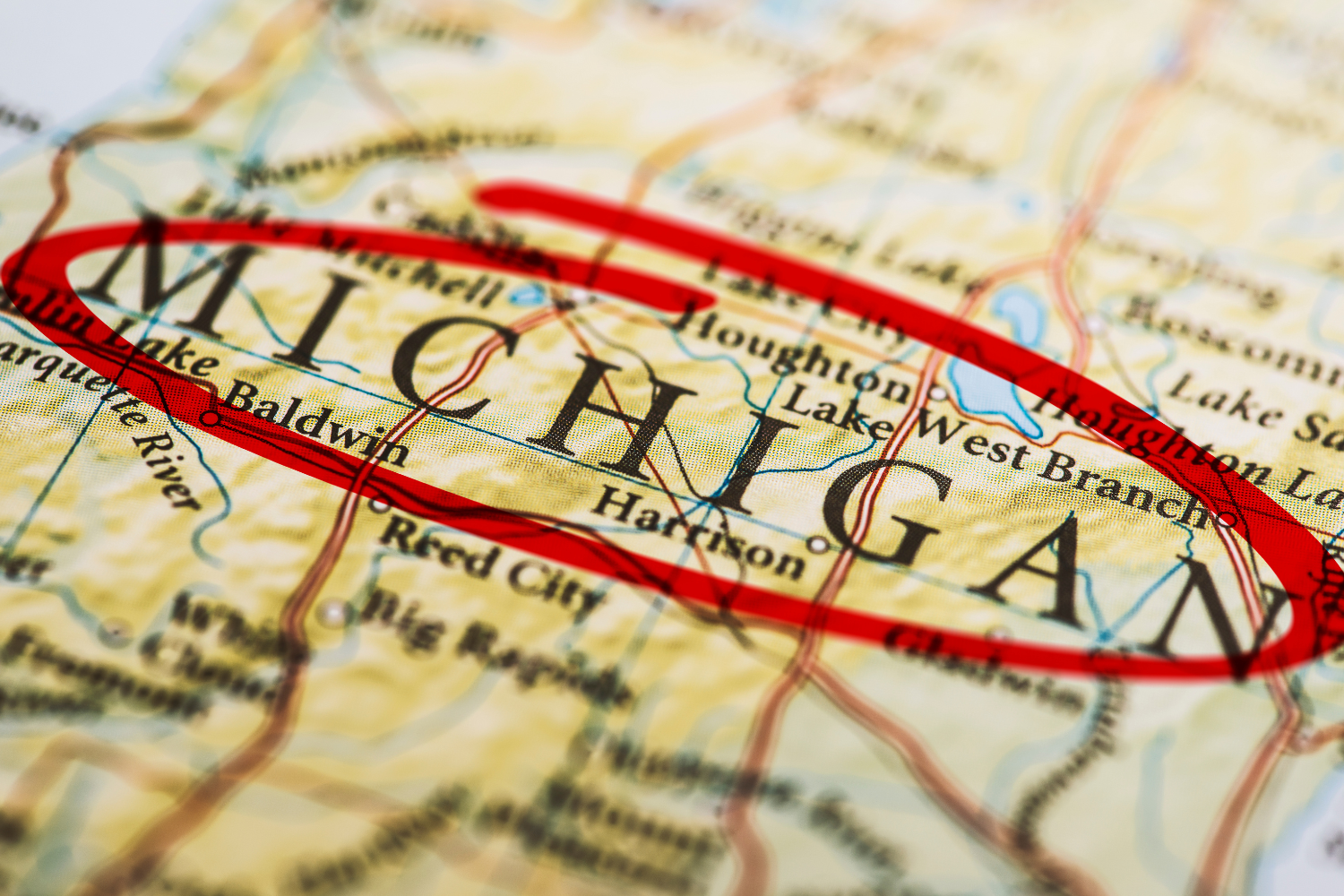
Michigan’s job market adapts to automation and industry shifts. Its auto industry undergoes transformation, pressuring job availability in related sectors. As technology advances, traditional industrial roles reshape, demanding new skills from the workforce.
Moreover, these changes don’t uniformly impact the state. Urban centers may leverage tech growth, while rural areas still face automotive declines. Navigating this evolving landscape challenges applicants to continuously upskill and stay informed.
10. West Virginia sees limited sectors offering sustained employment paths.
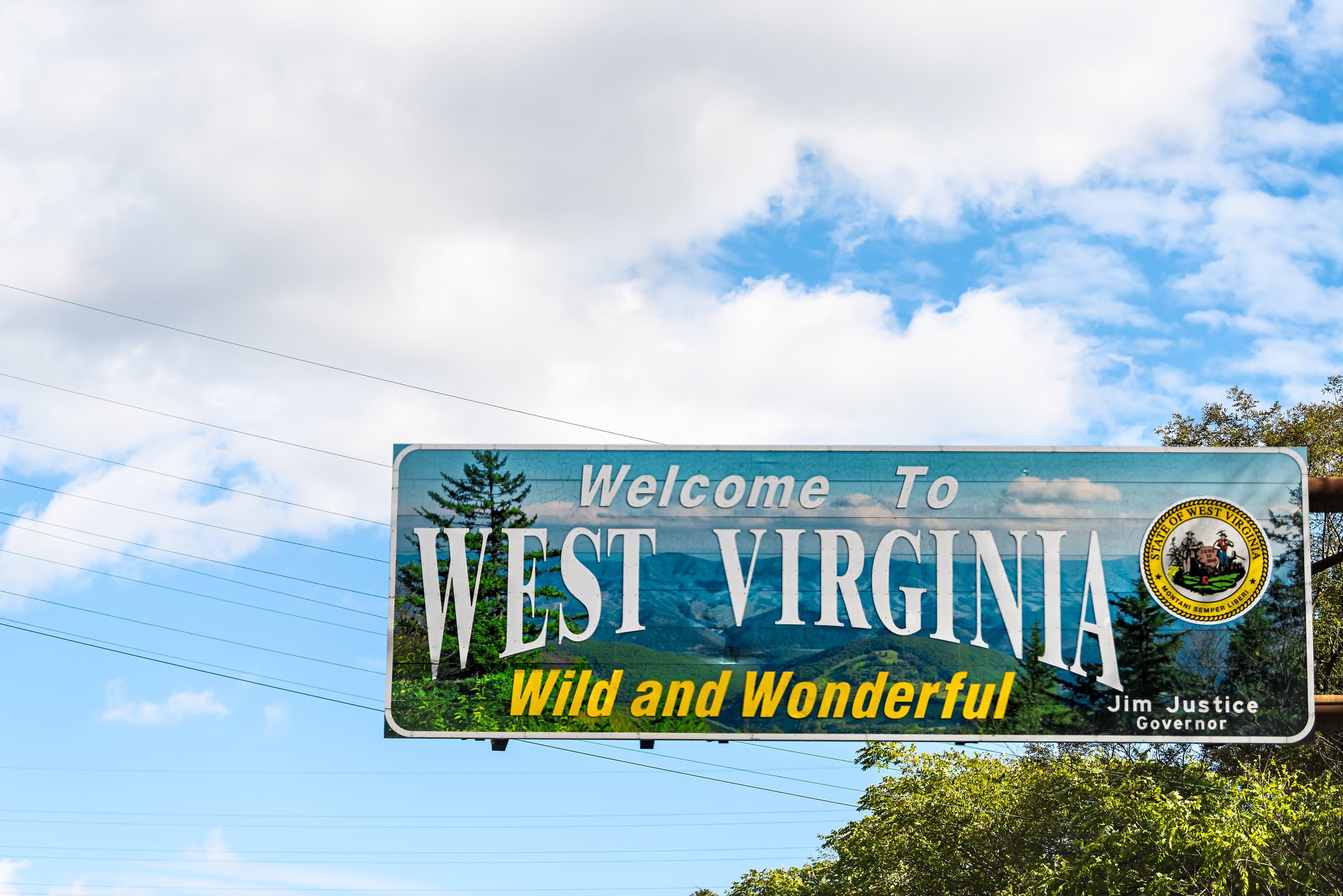
West Virginia’s job market offers limited sustained employment paths. Key sectors like coal decline, affecting reliable job creation. These economic foundations crumble, leaving certain areas with scant opportunities compared to broader national trends.
Rural landscapes further complicate access to emerging industries. Lagging educational opportunities can curtail adaptation to new fields. Residents often face a tough choice: pursue training elsewhere or persist in dwindling local careers. Options feel constrained.
11. Mississippi contends with educational barriers affecting job qualifications.

Mississippi contends with educational barriers affecting job qualifications. The state’s historically low high school graduation rates create an uneven workforce landscape. Lower educational attainment directly influences the kinds of jobs readily available.
Subsequent economic challenges broaden disparities in employment access. Structural reforms bear promise, but changes proceed at a slow pace. Economic prospects seem tangled with these deep-seated educational issues, reinforcing regional job challenges.
12. Hawaii’s remote location creates challenges for widespread job access.

Hawaii’s remote location challenges job market access. The state’s geography isolates it, driving a reliance on tourism and military spending. This dependency limits diversification, with job seekers often constrained by the island’s economic boundaries.
Seasonal tourism fluctuations can amplify uncertainties. Urban centers like Honolulu contrast with outer islands, where options might be slimmer. The necessity to import many goods also affects local production, further complicating employment sustainability.
